Title : The state of oropouche fever: A review of clinical presentations and viral epidemiology
Abstract:
Background: Oropouche fever is an emerging disease with dengue-like symptoms including high fevers, intense headaches, muscular and articular pain, myalgia, photophobia, and, in some cases, meningitis and encephalitis. This disease is transmitted to humans primarily by the bites of midge and mosquito vectors. Recent reports of vertical transmission have largely resulted in fetal death, miscarriage, and microcephaly. Understanding of complications due to infection is still limited. In the past few years, the disease has been rapidly expanding throughout Latin America causing growing concern to public health systems.
Methods: We conducted a systematic literature review of published papers in English containing the keyword ‘oropouche.’ We searched Google Scholar, Cochrane, Pubmed databases, in addition to reports from released from the World Health Organization and the Pan-American Health Organization. All articles were screened by two reviewers with disagreements settled by a third arbitrator.
It’s a systematic review where, it was analyzed relevant articles in English, from PAHO, Google scholar, Cochrane and PubMed databases. Two authors screened potential material to include in the study, and one other author looked into the conflicts, resulting in 83 articles fully analysed, and in those 46 were selected to extract data relevant to the review.
Results: 46 articles met inlusion criteria for the systematic review. Data were extracted on variables relating to the clinical presentation and epidemiologic factors predisposing clinical outcomes, including symptoms, transmission route, hospitalization rate, and mortality. We synthesized the published literature to present what is known about the emerging diseases clinical presentation to date.
Discussion: Oropouche fever is a growing threat to public health. Understanding the clinical characteristics of the disease is increasingly important for healthcare workers globally. Increased surveillance in endemic countries and regions bordering endemic countries is crucial for rapid diagnosis and treatment, as is increased awareness globally for travellers to endemic regions.



